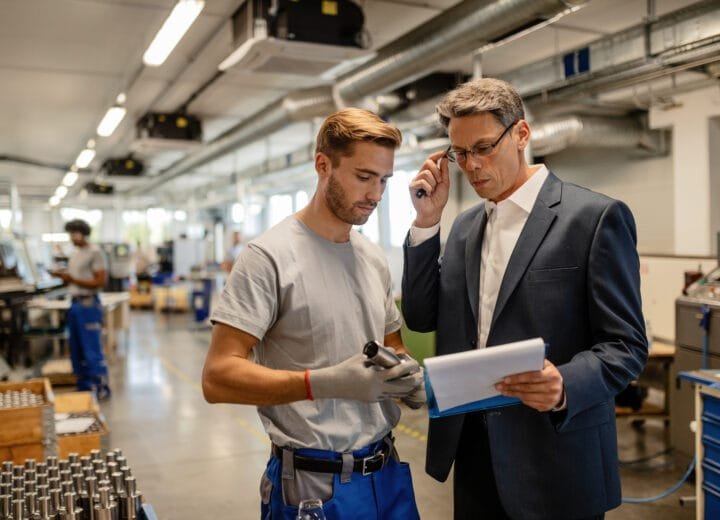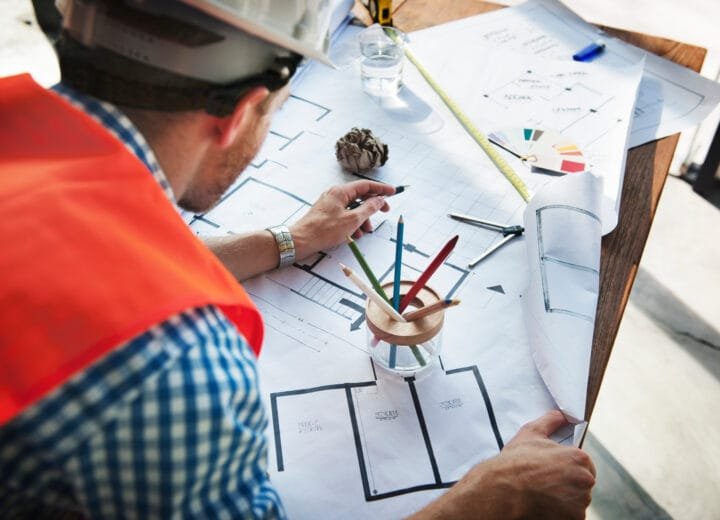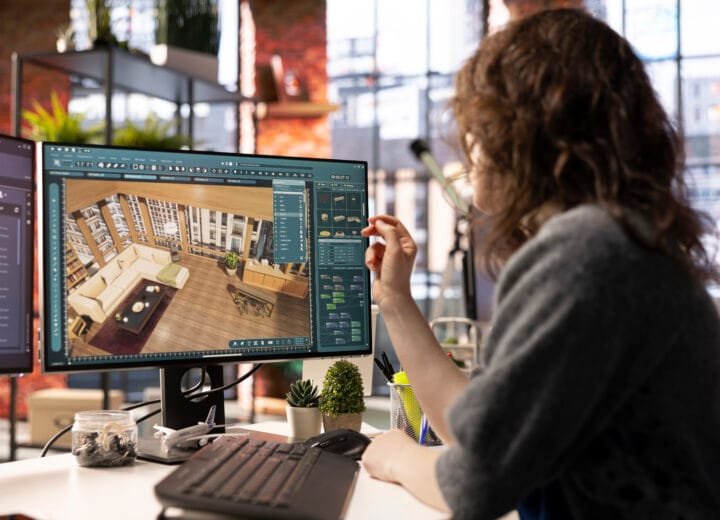While taking a Gemba (real workplace) Walk at India’s largest bone china manufacturer, huge scope of improvement was foreseen by the transformation project team. Having said that, it is noteworthy that the client has massive space, excellent products and some big names in the kitty to cater in the bone china market. As a part of the transformation journey towards world-class setup, the project team rolled out the Lean Facility Design exercise.
What is Lean Facility Design (LFD)?
1. Unique toolkit (methodology) developed by Faber Infinite Consulting, which supports organizations to build Best In Class factory layout. This methodology if implemented, assures that the new plant becomes most efficient from Day Zero. 2. This methodology is applicable for organizations, which are coming up with new plants, revising layouts or expanding current setup.
Why Lean Facility Design (LFD)?
- To prevent all inefficiencies from entering in to new plant
- To get best in class manpower productivity
- To lower the total throughput time (time taken for raw material receipt to finished goods delivery)
- To achieve optimum space utilisation
- To work with optimum inventory levels (ensuring no overstocking as well as zero shortages)
The LFD rollout further focuses on optimal layout design considering aspects like flow design, capacity calculations, manpower and equipment planning, material (and scrap) handling. The design phase concludes with visualization and risk assessment exercise.
Snapshot of Benefits Delivered:
The manpower productivity was one of the major benefits where production per person per month improved by 112%, other parameters like throughput times and value adding ratio showed significant improvements of almost 80%. In addition, the inventory at various stages was reduced from 90 days to as low as 15 days.
The application of Lean Facility Design (LFD) principles easily integrates the traditional approach to designing a Lean facility. Lean will help to set clear performance metrics at the outset of the exercise to ensure that the facility is capable of meeting the needs of the organization as it grows and evolves. Moreover, in so doing the challenges associated with culture change can be avoided. It will enable the move to make best practice as standard practice.
Written & Adapted by: Anand Bhattad & Aakash Borse



